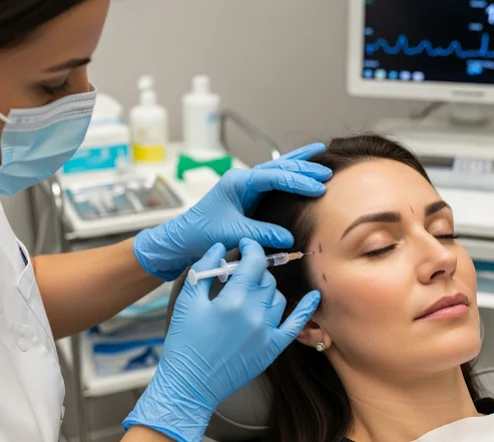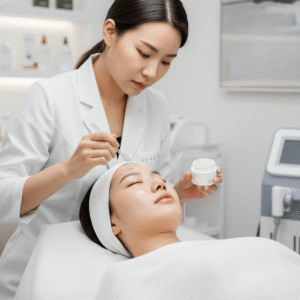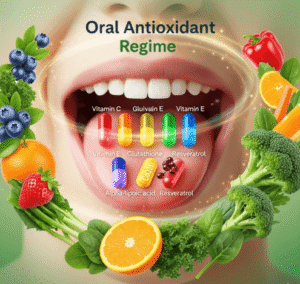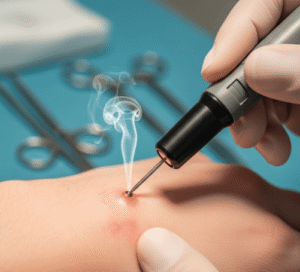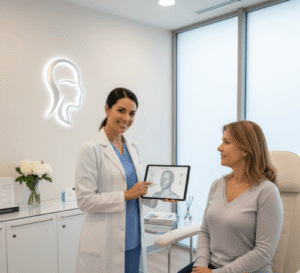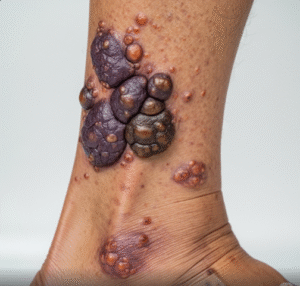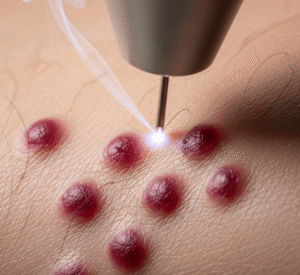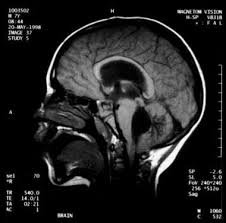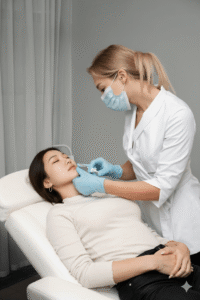🟢 What it is
A Temple Filler in Korea is a non-surgical injectable treatment that restores volume to the hollow or sunken areas of the temples. The temples, located between the forehead and the cheeks, often lose fat and collagen with age, creating a gaunt, tired, or aged look.
Dermal fillers—most commonly Hyaluronic Acid (HA) or Calcium Hydroxylapatite (CaHA)—are injected into the temples to:
- Replenish lost volume.
- Smooth the contour between forehead and cheeks.
- Lift surrounding tissues, reducing sagging in the mid and lower face.
In Korean beauty culture, a full and smooth temple area is associated with youthfulness, vitality, and a balanced facial shape, making this treatment popular among both men and women.
🟢 Why it’s Done
Temple fillers in Korea serve both cosmetic enhancement and anti-aging purposes:
➡️ Rejuvenation: Restores volume lost due to aging, making the face look less tired.
➡️ Facial harmony: Balances proportions between forehead, cheekbones, and jawline.
➡️ Softening of harsh features: Fills hollow temples that create a skeletal or angular look.
➡️ Lifting effect: Volume restoration helps reduce the appearance of sagging brows and cheeks.
➡️ Non-surgical solution: Avoids invasive surgery or implants while delivering instant results.
Korean dermatologists consider temple fillers an important step in “full-face rejuvenation,” since temples support the mid-face and improve overall symmetry.
🟢 Alternatives
While temple fillers are highly effective, alternatives may be considered depending on the individual’s needs:
🔹 Fat Grafting: Uses the patient’s own fat for temple volume; longer-lasting but involves a minor procedure.
🔹 Sculptra (PLLA): Stimulates collagen over time for gradual temple volumization.
🔹 Thread Lift: Lifts sagging brows and temples but doesn’t add volume.
🔹 HIFU or Thermage: Tightens surrounding skin but does not correct hollowness.
🔹 Implants: Rarely used in Korea due to invasiveness and the success of fillers and fat grafting.
🟢 Preparation
Proper preparation ensures a safe and natural outcome:
➡️ Consultation: Korean clinics use detailed facial analysis and sometimes 3D imaging to determine the right filler type and amount.
➡️ Medical disclosure: Patients must report allergies, bleeding disorders, or autoimmune conditions.
➡️ Avoid blood thinners: Stop aspirin, ibuprofen, fish oil, and alcohol 3–5 days before treatment.
➡️ Skin prep: Avoid retinoids, strong exfoliants, or harsh skincare treatments beforehand.
➡️ Discussion of goals: Many doctors recommend combination treatments (temple filler + cheek filler) for optimal results.
🟢 How it’s Done
The procedure is precise and usually takes 15–30 minutes.
- Cleansing & sterilization of the temple area.
- Numbing: Topical anesthetic or fillers containing lidocaine.
- Injection technique:
- Cannula method (blunt-tipped) is preferred in Korea to reduce risk of bruising or vessel injury.
- Small, controlled amounts of filler are layered gradually.
- Molding & shaping: Doctor adjusts filler to create a smooth, even contour.
- Final check: Ensures symmetry with forehead, brows, and cheeks.
Korean doctors often use the “small-dose, multi-layer” technique for temples, ensuring natural fullness without overcorrection.
🟢 Recovery
Recovery is typically short and easy:
🔹 Downtime: Minimal—patients usually resume normal life right away.
🔹 Swelling & tenderness: May last 1–3 days.
🔹 Bruising: Possible but less common when cannulas are used.
🔹 Results: Immediate, with best appearance after 1–2 weeks.
✅ Post-care instructions in Korea:
- Avoid pressing or sleeping on the treated area for 24–48 hours.
- No saunas, alcohol, or heavy exercise for 1–2 days.
- Use ice packs to reduce swelling.
- Always apply sunscreen to prevent pigmentation.
🟢 Complications
Temple fillers are safe when performed by skilled Korean doctors, but risks include:
⚠️ Mild side effects:
- Swelling, redness, tenderness.
- Temporary unevenness (usually resolves).
⚠️ Rare but serious risks:
- Vascular occlusion (blood vessel blockage, as temples are a high-risk area).
- Skin necrosis if filler blocks circulation.
- Lumps or nodules if filler isn’t evenly distributed.
- Asymmetry if filler settles unevenly.
➡️ Korean clinics minimize risks with ultrasound-guided injections, premium fillers, and emergency use of hyaluronidase for HA fillers.
🟢 Treatment Options in Korea
Korea is globally recognized for its refined filler techniques and advanced products, making temple fillers safe and natural-looking.
🔹 Popular filler brands for temples:
- Korean: Revolax, Yvoire, Replengen, Neuramis, Dermalax.
- Global: Juvederm Voluma, Restylane Lyft, Teosyal Ultra Deep.
🔹 Temple filler styles in Korea:
- Volume restoration: Fills hollows for a youthful, softer look.
- Contour blending: Smooths transitions between forehead, brows, and cheeks.
- Anti-aging lift: Subtly lifts sagging mid-face tissues.
- Combination treatments: Often paired with cheek and forehead fillers for harmony.
🔹 Cost in Korea:
- $400–$700 per session, depending on brand and filler amount.
- Premium brands or full-face contouring packages: $1,000–$1,800.
- Results last 12–18 months, sometimes longer with CaHA fillers.
🟢 Final Thoughts
Temple Fillers in Korea are an effective, non-surgical solution to restore youthful fullness, balance facial proportions, and soften harsh contours.
➡️ They are especially useful for those with hollow temples, aging-related volume loss, or imbalanced mid-face structure.
➡️ With Korea’s expert injection techniques, advanced filler technology, and natural aesthetic approach, patients can achieve subtle but transformative improvements.
In summary: Temple fillers in Korea are a safe, customizable, and highly effective treatment, restoring volume and harmony to the upper face while delivering the natural, youthful appearance that defines Korean beauty standards.

